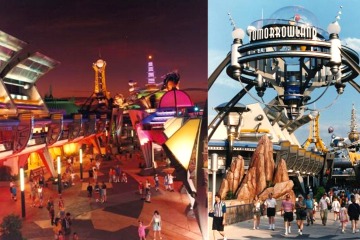Exploring Runcorn: History and Modern Developments

Introduction
Runcorn, a town located in Cheshire, England, has a rich historical significance and plays a vital role in the modern economy of the region. Its strategic position along the River Mersey and its infrastructure development have made Runcorn a focal point for industry and commerce. Understanding Runcorn’s evolution from a small settlement to a bustling town enhances our appreciation of its significance within the UK.
Historical Background
Runcorn’s history dates back to the Roman period, with evidence of settlements and infrastructure from that era still visible today. The town’s original economy was based on river transportation, which enabled trade and commerce. During the Industrial Revolution, Runcorn expanded rapidly; the formation of the Manchester Ship Canal in the late 19th century further boosted its industrial capabilities.
Key Developments in Recent Years
In recent years, Runcorn has seen significant regeneration efforts that aim to enhance residential and commercial prospects. The town has focused on developing its waterfront and has prioritised improving local infrastructure. Runcorn’s redevelopment plan includes sustainable urban growth, increased housing availability, and improved transport links to neighbouring cities.
One notable project is the redevelopment of the ‘Runcorn Station Quarter,’ which aims to transform this area into a more attractive gateway to the town. Investments in transportation infrastructure are also underway, with enhancements to the local rail line that connects it to Liverpool and Manchester, making it more accessible and appealing for commuters and businesses alike.
Community and Culture
Runcorn hosts various cultural events throughout the year, reflecting its vibrant community spirit. The annual Runcorn Festival celebrates local talent with music, arts, and food, attracting visitors from across the region. Moreover, the town’s parks, such as the scenic Halton Castle Park, offer residents and visitors recreational activities that highlight Runcorn’s green spaces.
Conclusion
Runcorn stands as a prime example of a community embracing its history while looking towards a prosperous future. The blend of historical significance and modern development makes Runcorn a unique place worth exploring. With ongoing investments and community projects, it is expected that Runcorn will continue to thrive, maintaining its importance in the Cheshire region. For readers wanting to understand the dynamics of urban development and community engagement, Runcorn serves as an insightful case study.









